Izamal ... The Golden City
Wednesday, February 12, 2014
 Izamal, Yucatan Peninsula, Mexico
Izamal, Yucatan Peninsula, Mexico
We were just approaching Izamal and the heavens opened with thunder and lightning to boot. By the time we arrived the rain had stopped, and once we had checked in to Hotel Macanche, the sun was out again. The hotel stands in a tropical garden, complete with cenote style pool and our jungle room is very pretty, in a blue bungalow in the gardens with a hammock.
Izamal is a very pretty town, with the buildings painted a rich ochre, which seems to glow in the late afternoon light.
Izamal has always been a deeply religious place, and the town is spotted with pyramid temples, Kinich Kakmo dedicated to the sun god being the largest. We met a group of students from Merida who posed for us.
Franciscans decided to make their religious centre here in 1552, so lopped off the top of a pyramid and built the Convento de San Antonio de Padua on top. It has become an important place of pilgrimage in Yucatan after several presumed miracles and even Pope John Paul II gave the Virgin a silver crown when he visited.
There's an interesting contemporary folk-art museum, with several artists whose work we had seen at Casa de los a Venados.
Several of the houses had beautifully sculpted memorial plaques, remembering family members.
And round every corner there seemed to be another scene to capture.
There are many haciendas dotted round the countryside, built when the Spanish took on vast landholdings. The heyday was the end of the 19th century when the henequen boom brought great wealth. Henequen is a type of agave cactus that produces fibres that can be made into rope, known in England as sisal after the port in the Yucatan in was shipped from. The market for 'green gold' collapsed in the 1940's with the advent of nylon, and most haciendas are either ruins or have been converted into hotels. We visited Hacienda Sotuta de Peon, which was bought as a ruin 1985, but is now a living museum, with a restored hacienda 1880's style ...
working henequen processing plant, which in the day would have been steam driven ...
and a tour of the estate by rail-cart pulled by Butterfly the mule to see the henequen plantation and meet Don Antonio who had worked for the original owners and helped in the restoration of the estate, and now proudly tells visitors how it used to be.
We ended with a dip in the cenote, or rather one of us had a dip ... in fact the other person has actually only been in one cenote so far because they are too wimpy, but no names, no pack drill, especially as my husband remembered Valentine's Day!
Tomorrow we move on to the capital of Yucatan ... Merida.
Other Entries

 Izamal, Yucatan Peninsula, Mexico
Izamal, Yucatan Peninsula, Mexico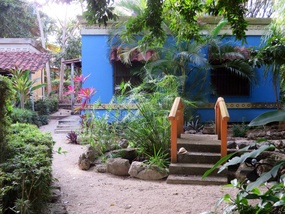
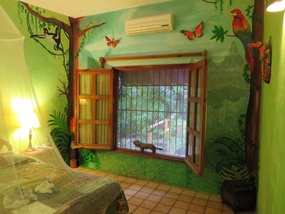
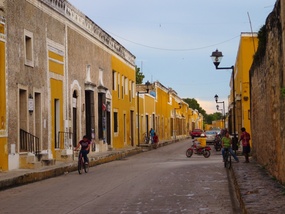
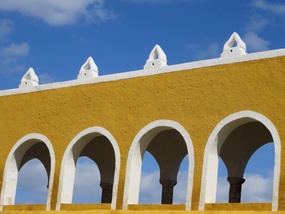
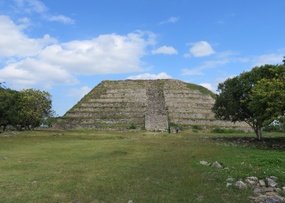
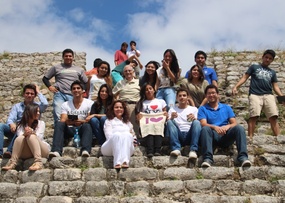
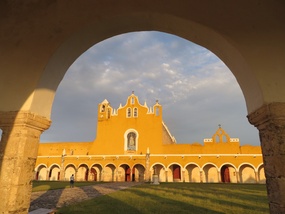
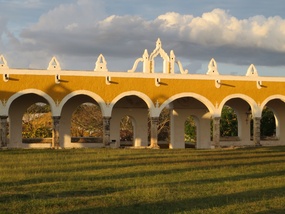
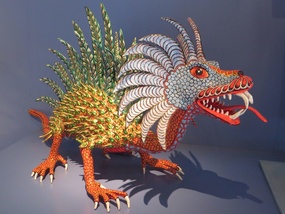
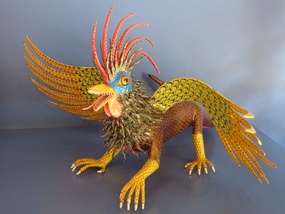
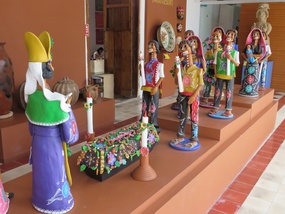
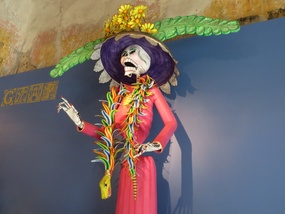
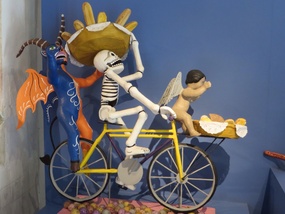
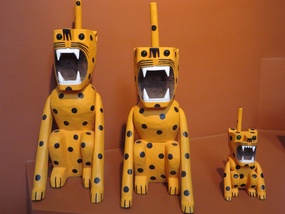
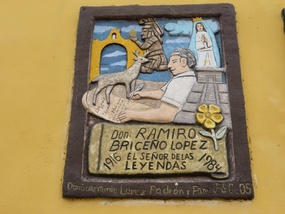

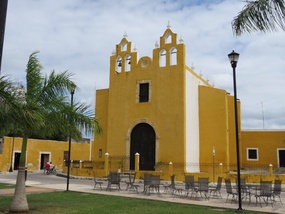
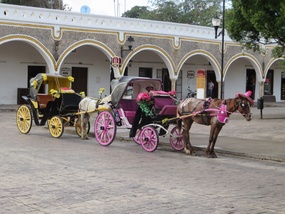
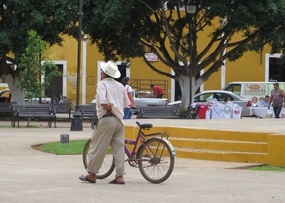
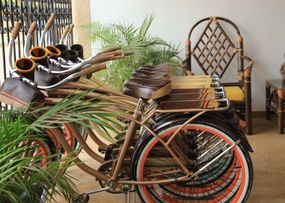
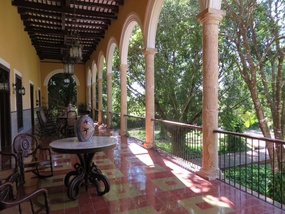
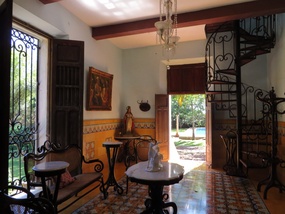
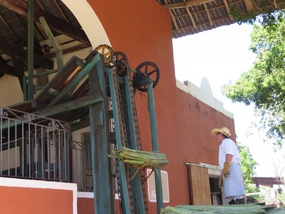
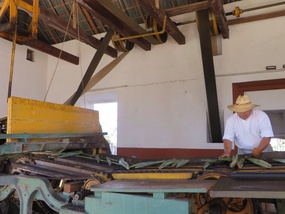

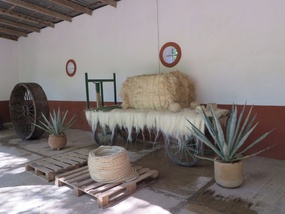
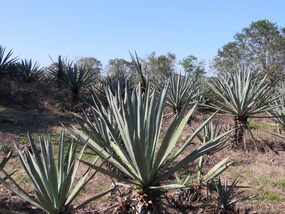
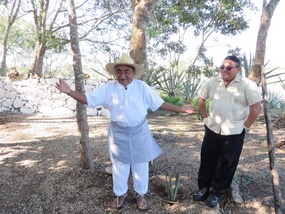

2025-05-23